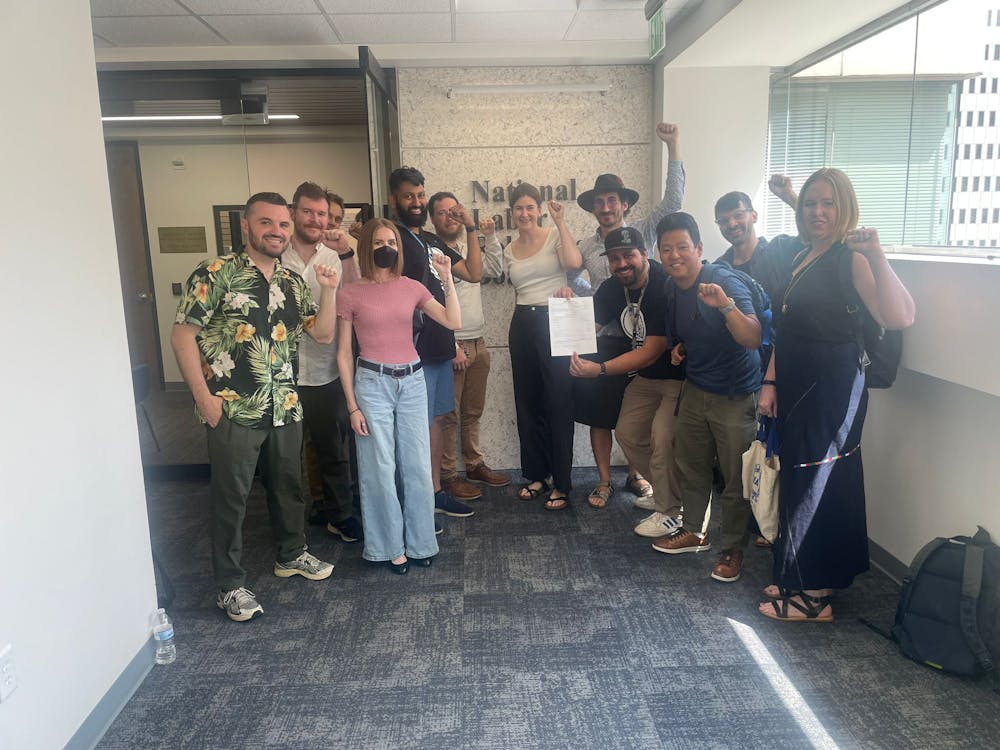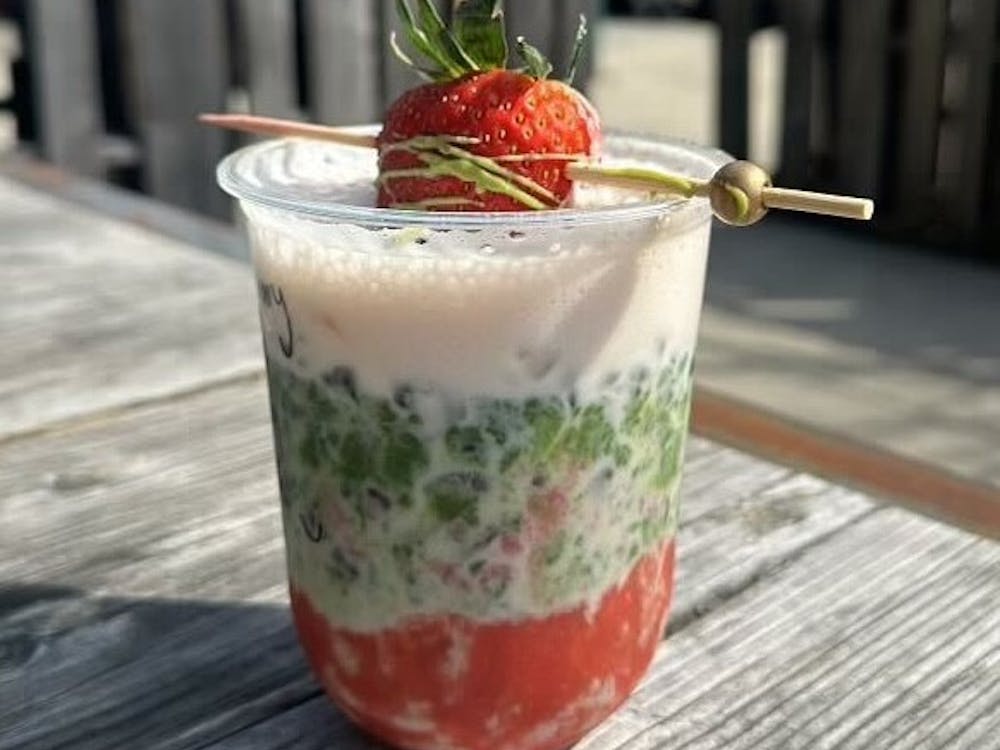Hopkins senior Alison Tretter currently maintains her own exhibit in the University’s Archaeological Museum titled “Frida Kahlo’s Indigenous Identity.” The display features four Ancient American artifacts juxtaposed with Kahlo’s actual paintings in order to highlight the artist’s personal relationship with Mexican material culture.
In her time as an archaeology major, Museums and Society minor and an employee of the University’s Archaeological Museum for the past three years, Tretter has worked with diverse material culture ranging from Egyptian jewelry to Roman lamps to West Mexican ceramics.
She now concludes her studies in the Museums and Society program by completing her own capstone exhibit, a more hands-on alternative to a typical thesis paper.
“I’ve had experience working with the collection and also all the weird small stuff that happens behind the scenes of the museum, like creating housing for the objects,” Tretter said. “So [an object] is tilted up, but you’re like ‘how is it tilted up?’ I’m the one hot gluing things together. I know I wanted to do something with that.”
After completing a course taught in the Art History Department, Tretter discovered a new interest viewing Mexican modern artist Frida Kahlo from a collector’s perspective rather than studying her paintings. Focusing on Kahlo’s own collecting habits, Tretter hopes to highlight the University’s less expansive ancient Americas collection in her exhibit.
“I took a great course with my advisor Dr. Lisa DeLeonardis who is in the Art History department. It was about collection practices and how Western people interacted with the ancient Americas from the 15th century to today’s modern art market. In the middle was Frida Kahlo and Diego Rivera in the 1930s and their collecting habits,” Tretter said.
“I thought that was really interesting. I knew that we had this great collection of ancient American stuff in the museum, but not all of it is on display. Most of it is behind the scenes, and we only have one case as opposed to the Egyptian stuff, which has like five cases. So I knew I wanted to bring [ancient American art] to the forefront. I thought exploring the idea through Frida Kahlo’s collecting would be a good opportunity.”
Tretter also discussed the artifacts Kahlo herself would collect.
“[Kahlo] collected artifacts from West Mexico, mainly the Jalisco and the Nayarit. They made sculptural ceramics... that would be buried with their dead in between 300 B.C.E and 400 C.E.,” she said. “They have a very distinct look to them: broad shoulders, very prominent noses, a grimacing mouth. They are really cool, and a lot of them emphasize the female form. A lot of them are shown as pregnant with large breasts, large stomachs, large hips.”
Though the University does not possess any actual items from Kahlo’s own collection, they do have similar objects already on hand.
“People are always like ‘Did you have to go to Mexico for this project?’ and I’m like ‘No, I had to go to Gilman,’” Tretter said.
In her exhibit, Tretter confines her collection to one small, transparent box which contains miniature sculptures alongside postcard-sized reprints of Kahlo’s paintings. Tretter utilized the term “uncompromising” to describe and present Kahlo’s work. Finding success during the 1930s, Kahlo painted many works that have typically been classified as surrealist since they depict charged and colorful images.
“She wasn’t trying to make it sanitized. She wasn’t trying to make it acceptable. She wanted it to kind of assault you. I found the word ‘uncompromising’ to be a good evocation of what she wanted her art to be without being like ‘it’s freaky,’” Tretter said.
Although Kahlo presented powerful feelings of Mexican pride and ancient American identity, her work does not widely feature artifacts.
“I knew that when I was looking for [Kahlo’s] paintings that not all of them have archeological items in them,” she said. “I’d say like five to 10 out of 150, which is pretty interesting. But even if it’s not an object, she incorporates very Mexican things. I’m just focusing on this one little sliver.”
Tretter aims for her exhibit to serve as a formidable academic and historical resource for other Hopkins students.
“The more academic side of what I would want people to take away would be that the Mexican revolution happened in 1910, and people in Mexico, like the intellectual circles, decided in the 1920s and ‘30s that they needed a new Mexican identity, something not Spanish, not European. So they went back to pre-Columbian without any kind of European influence. That’s why these objects became so prominent to collectors and Frida Kahlo latched onto that,” Tretter said.
Additionally Tretter hopes her display will symbolize the transcending belief in the importance of preserving ancient artifacts.
“What I’d also want students to get out of the exhibit is the continuing relevance of the archeological objects. [The objects] are old, they’re behind glass cases and it’s really hard to relate to them. But a physical exhibit that shows how one woman was able to connect these objects on a deeply emotional level and form an identity out of them really shows that the objects can never die or lose their meaning,” she said.
In the future, Tretter plans to go into museum education. After graduating in May, she hopes to get her Masters degree in Museum Studies. Students interested in viewing this exhibit can visit the Archelogical Museum located in Gilman Hall.




